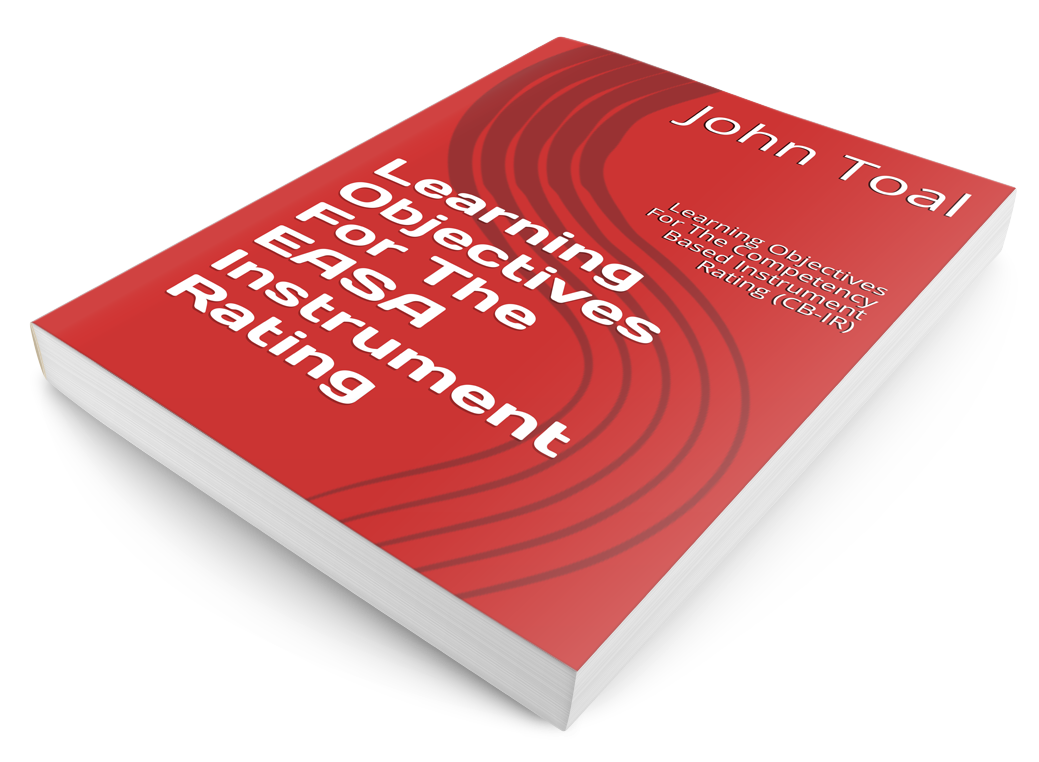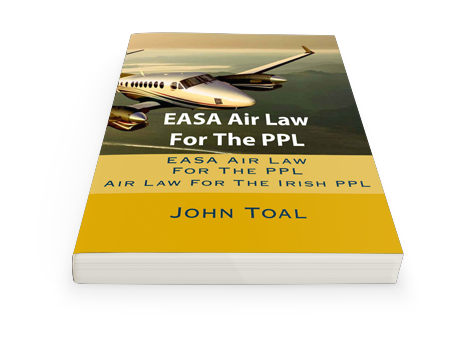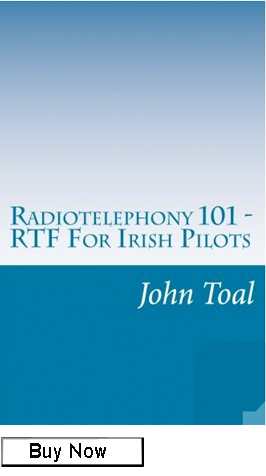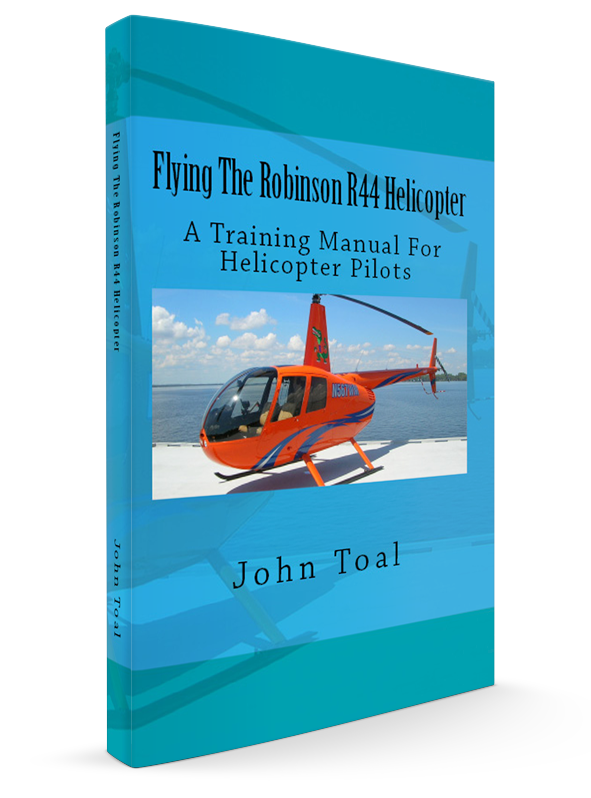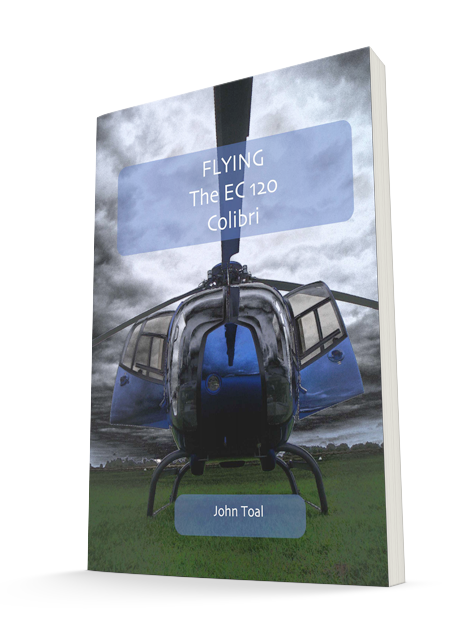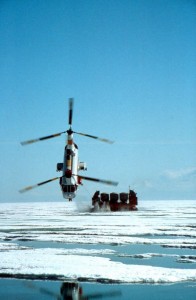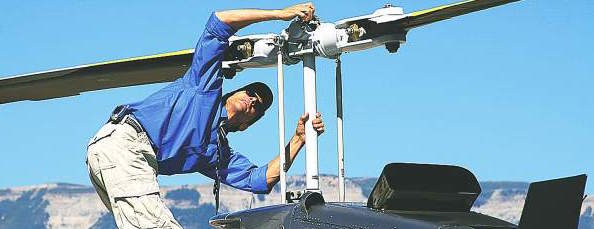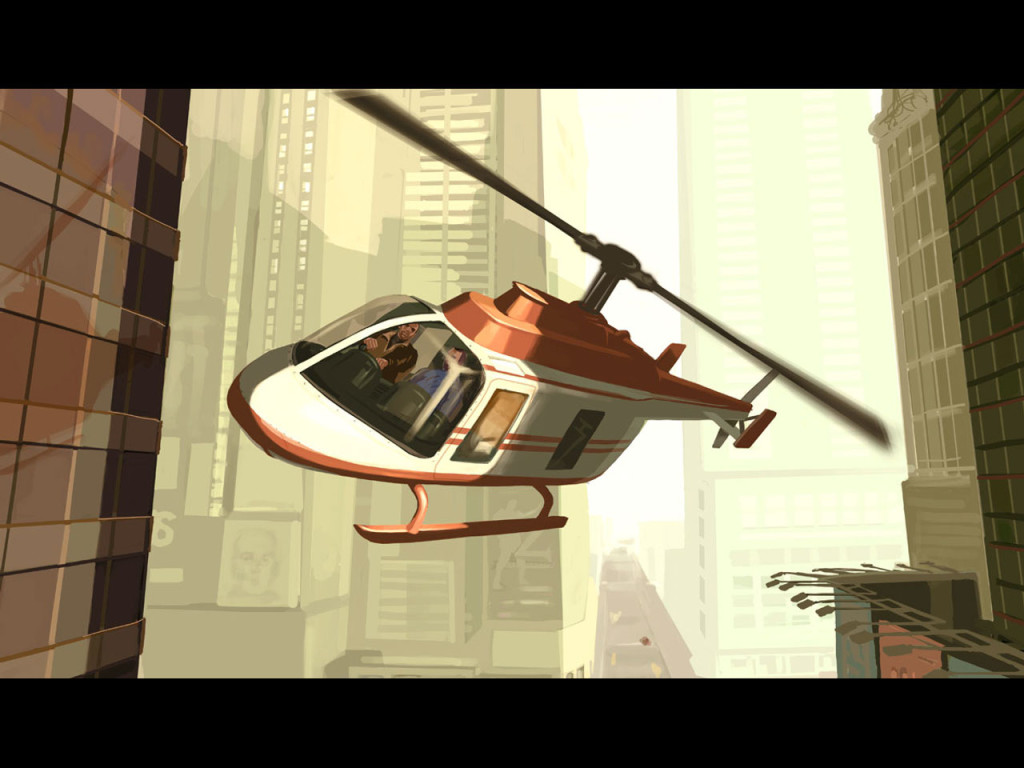Over-pitching
(Updated on 28th March 2021)
What Is Over-pitching?
Overpitching occurs when you demand too much power from the engine and a drop in Rotor RPM (RRPM) occurs. When you keep raising the collective lever without any consideration for power limitations; you are increasing the pitch angle of the main rotor blades. As the pitch angle is increased, drag is also increased. To overcome the drag, more fuel must be added to the engine to increase power. This is normally done by a correlator or a governor or both.
If the collective lever is raised further, at some point the engine will be at full throttle. Any further attempt to raise the collective will result in a reduction of RRPM as the engine has no spare capacity to overcome the drag on the blades. This is a very dangerous situation. “Overpitching”.
As the RRPM decays, the main rotor blades will cone more and the coning combined with the reduction in RRPM and subsequent loss of lift (due to reduced airflow over the blades) will cause the helicopter to descend.
A pilot’s automatic (but INCORRECT) reaction to stop the descent is to raise the collective. Obviously this will increase the pitch angle and cause a further reduction in RRPM and a faster rate of descent.
Recovery From Over-pitching
The recovery from over pitching is not instinctive and relies on good training habits. When the low RPM warning horn/light comes on during normal flight, you must react immediately.
- Lower the collective to reduce the pitch angle and thereby reduce the drag on the main rotor blades.
- Simultaneously open the throttle to help recover the RPM.
Combining the collective movement with the throttle movement will recover the RRPM in a timely fashion.
EASA Type Ratings For Helicopter Pilots
(Updated on 28th March 2021)
Why Get a Type Rating?
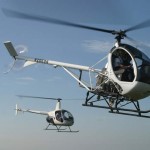 So you have a PPL(H) and you want to try something different. For most pilots, getting another type on their license is one of the first things they will do. Having probably completed their training on a two seat helicopter, they now want to carry more passengers and luggage. Larger helicopters will probably have a faster cruise speed and so traveling time is reduced. But what is involved in getting a type rating?
So you have a PPL(H) and you want to try something different. For most pilots, getting another type on their license is one of the first things they will do. Having probably completed their training on a two seat helicopter, they now want to carry more passengers and luggage. Larger helicopters will probably have a faster cruise speed and so traveling time is reduced. But what is involved in getting a type rating?
If you are getting your first Robinson R22 or Robinson R44 type rating, then you will have to do a minimum of 5 hours flying during your type rating course. Assuming you already hold a type rating on another type of helicopter then you will still need to do a minimum of 5 hours flying on your type rating course unless it is of a similar type.
Your first piston engine type rating will require you to fly a minimum of 5 hours during the course. If your type rating has expired by 3 years (or longer) and you need to renew it, the amount of training will depend on your experience, how long the rating has lapsed and your aptitude.
If a type rating has lapsed, the pilot shall take refresher training at an Approved Training Organisation (ATO). The amount of refresher training needed will be determined on a case-by-case basis by the ATO, taking into account the following factors:
- The experience of the applicant. To determine this, the Head of Training will examine the pilot’s logbook.
- The complexity of the aircraft.
- The amount of time lapsed since the expiry of the validity period of the rating.
The amount of training needed to reach the desired level of proficiency will increase with the time lapsed. In some cases, after evaluating the pilot, and when the time lapsed is very limited (less than 3 months), the training organisation may even determine that no further refresher training is necessary. When determining the needs of the pilot, the following items can be taken into consideration:
- Expiry shorter than 3 months: No supplementary requirements.
- Expiry longer than 3 months but shorter than 1 year: A minimum of 2 training sessions.
- Expiry longer than 1 year but shorter than 3 years: A minimum of 3 training sessions in which the most important malfunctions in the available systems are covered.
- Expiry longer than 3 years: The pilot should again undergo the training required for the initial issue of the rating or for the training required for the ‘additional type issue’, according to other valid ratings held.
Once the training organisation has determined the needs of the pilot, it will develop an individual training programme that will be based on the initial training for the issue of the rating and focus on the aspects where the pilot has shown the greatest needs.
Approved Training Organizations (ATO)
All training for type ratings must be undertaken at a training school approved for type rating training. These schools are called Approved Training Organisations (ATO).
You can check with your country’s Authority to find out which training organisations can do the specific type rating courses.
How Long?
If you are doing a type rating course that only requires 5 hours of flying, you can expect to spend the first day in the classroom and learning all about the systems of the helicopter. This will normally end with a technical written examination on the specific helicopter type.
The following two days will normally be spent doing the flying part of the course. The flying does not have to be done right away. You can do this at your convenience but if you have the time and the money, I would advise doing it all together.
When your flying training is complete, your instructor will sign a course completion certificate and an application can be made for you to be tested by an examiner.
The Flight Test
The flight test will normally take between 45 minutes and 1 hour. It is a test of your general handling. There is no navigation as such but you will be required to fly away from the airfield and return to it and do all the radiotelephony. The flight test tolerances are the same as the PPL skills test. You will have to demonstrate proficiency in all of the general handling manoeuvres and complete some simulated IFR manoeuvres.
Make sure you know the emergency procedures off by heart as you will definitely be asked most (if not all) of them.
Revalidation
To keep your rating current, you must do a License Proficiency Check (LPC) each year. This can be completed up to 90 days before it is due to expire and if you pass it, it will be valid for another year after it is due to expire. You must have completed at least 2 hours flying (dual or solo) in the previous 12 months before doing the LPC.
If the rating has expired then you will have to renew the rating (see above).
How to Progress Your Career
(Updated on 26th March 2021)
Introduction
Almost invariably I get asked the same questions on every course that I teach. When I run a commercial course, the CPL students will at some stage, almost always ask me “What do I have to do to get ahead in the helicopter industry?” or words to that effect.
In my opinion this is an easy question to answer and actually pretty easy to achieve if you are prepared to work hard.
What You Need to Do
So what do you need to do to progress your career as a helicopter pilot?
Well you actually do not have to do very much. You only need to do what you were trained to do. I will provide a list below of what I think is important. I would expect all helicopter pilots to be able to do the following.
- Never be late.
- Arrive early enough to work so that you are not rushing to get your preflight tasks completed.
- If you perform the daily preflight checks, make sure that you take your time and do them properly.
- Take your time when completing paperwork – accuracy is important.
- Keep up to date with changes in legislation or operations etc.
- Dress appropriately.
- Fly accurately and to the best of your ability.
- Offer your assistance to anyone who needs it.
- If you have nothing to do, look for small jobs that you may be able to do.
- If you have a problem, try to think of a solution before running off to report it.
- Think about the “What if” scenarios. Have a “Plan B”
- If you make a mistake, put your hand up and accept responsibility.
The list is not conclusive and I am sure there are plenty of other items that could be added to it. But if you can manage to consistently do the things on the list, then that is all you need to do. Without doing anything else you will get noticed. People appreciate hard work. You will get noticed for being consistent and for being a hard worker. All employers love hard workers.
Putting it into Practice
I tell my students that they should be striving to achieve everything on the list but that they can do more. They should aim to be the best pilots that they can possibly be. Perfection is unobtainable but that is what you should strive for. You should aim to be better than all of the other employees in the company.
Being better does not mean only flying better. Of course the flying skills are important but there is so much more to it than that. Your expert knowledge will also set you apart. It never ceases to amaze me how many CPL pilots coming through to do the Flight Instructor (FI) course, who have big gaps in their theoretical knowledge. Gaps in subjects like Air Law, Meteorology and Principle of Flight are common because they have not looked at a book since they obtained their CPL.
If you want to be different, refresh your knowledge. Become an expert in your field. Let people come to you for the answers because they know that you have the knowledge. You have the answers. Of course you will never be capable of knowing it all. No one can achieve that. But you can know more than anyone else if you put your mind to it.
Conclusion
Therefore what you need to do to progress in the helicopter industry is be the best pilot that you can be. Learn as much as you can about technical matters, relevant legislation, meteorology etc. And generally work as hard as you can and help out as much as you can – all while being a nice person to work with.
Do not try to step on other peoples shoulders to make it up the ladder. This will come back to haunt you in years to come. Just by keeping your head down and helping others while doing your job to the best of your ability is guaranteed to get you noticed by the right people.
Let me know if you think this was useful by leaving a comment below. Thank you.
EASA Theoretical Knowledge Examinations
(Updated on 26th March 2021)
Introduction
I am starting to get a lot of enquiries from both students and pilots in relation to what is required for the theoretical knowledge examinations for EASA helicopter licenses. This post will provide you with the new list of exams. These exams have already been launched in the UK and will take effect in Ireland from April 7th 2014. Anyone already training in Ireland under the old JAR system will have one year to complete their training from that date otherwise they will have to meet the requirements of the EASA system. Anyone in Ireland who has commenced their training after April 7th 2013 will already be training under the new EASA system.
Here is a list of the exams that must be passed for each helicopter license:
Light Aircraft Pilot’s License (LAPL) Exams
The minimum age for obtaining an PPL(H) is 17 years old but training may commence at 15 years old. Minimum 16 years old before solo flight.
Theoretical Knowledge Examination for the LAPL
The examinations will be in written form and will comprise a total of 120 multiple-choice questions covering all the subjects.
For the subject ‘communication,’ practical classroom testing may be conducted.
- Air law,
- Human performance,
- Meteorology, and
- Communications;
- Principles of flight,
- Operational procedures,
- Flight performance and planning,
- Aircraft general knowledge, and
- Navigation.
Privileges
The privileges of the holder of an LAPL for helicopters are to act as PIC on single-engine helicopters with a maximum certificated take-off mass of 2 000 kg or less, carrying a maximum of 3 passengers, such that there are never more than 4 persons on board.
Experience requirements and crediting
Applicants for the LAPL(H) shall have completed 40 hours of flight instruction on helicopters. At least 35 hours of which shall be flown on the type of helicopter that is to be used for the skill test. The flight instruction shall include at least:
- 20 hours of dual flight instruction; and
- 10 hours of supervised solo flight time, including at least 5 hours of solo cross-country flight time with at least 1 cross-country flight of at least 150 km (80 NM), during which one full stop landing at an aerodrome different from the aerodrome of departure shall be made.
Extension of privileges to another type or variant of helicopter
The privileges of an LAPL(H) shall be limited to the specific type and variant of helicopter in which the skill test was taken. This limitation may be removed when the pilot has completed:
- 5 hours of flight instruction, including:
- 15 dual take-offs, approaches and landings;
- 15 supervised solo take-offs, approaches and landings;EN 25.11.2011 Official Journal of the European Union L 311/17
- a skill test to demonstrate an adequate level of practical skill in the new type. During this skill test, the applicant shall also demonstrate to the examiner an adequate level of theoretical knowledge for the other type in the following subjects:
- Operational procedures,
- Flight performance and planning,
- Aircraft general knowledge.
Before the holder of an LAPL(H) can exercise the privileges of the licence in another variant of helicopter than the one used for the skill test, the pilot shall undertake differences or familiarisation training, as determined in the operational suitability data established in accordance with Part-21. The differences training shall be entered in the pilot’s logbook or equivalent record and signed by the instructor.
Recency requirements
(a) Holders of an LAPL(H) shall only exercise the privileges of their licence on a specific type when they have completed on helicopters of that type in the last 12 months:
- at least 6 hours of flight time as PIC, including 6 take-offs, approaches and landings; and
- refresher training of at least 1 hour total flight time with an instructor.
(b) Holders of an LAPL(H) who do not comply with the requirements in (a) shall:
- pass a proficiency check with an examiner on the specific type before they resume the exercise of the privileges of their licence; or
- perform the additional flight time or take-offs and landings, flying dual or solo under the supervision of an instructor, in order to fulfil the requirements in (a).
Private Pilots License (PPL) Exams
The minimum age for obtaining an PPL(H) is 17 years old but training may commence at 15 years old. Minimum 16 years old before solo flight.
- Air law,
- Human performance,
- Meteorology, and
- Communications;
- Principles of flight,
- Operational procedures,
- Flight performance and planning,
- Aircraft general knowledge, and
- Navigation.
Privileges
The privileges of the holder of a PPL(H) are to act without remuneration as PIC or co-pilot of helicopters engaged in non-commercial operations.
Notwithstanding the paragraph above, the holder of a PPL(H) with instructor or examiner privileges may receive remuneration for:
- the provision of flight instruction for the LAPL(H) or the PPL(H);
- the conduct of skill tests and proficiency checks for these licences;
- the ratings and certificates attached to these licences.
Experience requirements and crediting
(a) Applicants for a PPL(H) shall have completed at least 45 hours of flight instruction on helicopters, 5 of which may have been completed in an FNPT or FFS, including at least:
- 25 hours of dual flight instruction; and
- 10 hours of supervised solo flight time, including at least 5 hours of solo cross-country flight time with at least 1 cross-country flight of at least 185 km (100 NM), with full stop landings at 2 aerodromes different from the aerodrome of departure.
- 35 of the 45 hours of flight instruction have to be completed on the same type of helicopter as the one used for the skill test.EN 25.11.2011 Official Journal of the European Union L 311/23
(b) Specific requirements for an applicant holding an LAPL(H). Applicants for a PPL(H) holding an LAPL(H) shall complete a training course at an ATO. This training course shall include at least 5 hours of dual flight instruction time and at least 1 supervised solo cross-country flight of at least 185 km (100 NM), with full stop landings at 2 aerodromes different from the aerodrome of departure.
(c) Applicants holding a pilot licence for another category of aircraft, with the exception of balloons, shall be credited with 10 % of their total flight time as PIC on such aircraft up to a maximum of 6 hours. The amount of credit given shall in any case not include the requirements in (a)(2).
Commercial Pilot’s License (CPL) Exams
The minimum age for obtaining an CPL(H) is 18 years old
- Air Law,
- Aircraft General Knowledge — Airframe/Systems/Powerplant,
- Aircraft General Knowledge — Instrumentation,
- Mass and Balance,
- Performance: Helicopters,
- Flight Planning and Monitoring,
- Human Performance,
- Meteorology,
- General Navigation,
- Radio Navigation,
- Operational Procedures,
- Principles of Flight: Helicopters,
- Visual Flight Rules (VFR) Communications.
Privileges and conditions
The privileges of the holder of a CPL are, within the appropriate aircraft category, to:
- exercise all the privileges of the holder of an LAPL and a PPL;
- act as PIC or co-pilot of any aircraft engaged in operations other than commercial air transport;
- act as PIC in commercial air transport of any single-pilot aircraft subject to the restrictions specified in FCL.060 and in this Subpart;
- act as co-pilot in commercial air transport subject to the restrictions specified in FCL.060.
An applicant for the issue of a CPL shall have fulfilled the requirements for the class or type rating of the aircraft used in the skill test.
Airline Transport Pilot’s License (ATPL) Exams
The minimum age for obtaining an ATPL(H) is 21 years old.
- Air Law,
- Aircraft General Knowledge — Airframe/Systems/Power plant,
- Aircraft General Knowledge — Instrumentation,
- Mass and Balance,
- Performance: Helicopters,
- Flight Planning and Monitoring,
- Human Performance,
- Meteorology,
- General Navigation,
- Radio Navigation,
- Operational Procedures,
- Principles of Flight: Helicopters,
- VFR Communications,
- IFR Communications.
Privileges
The privileges of the holder of an ATPL are, within the appropriate aircraft category, to:
- exercise all the privileges of the holder of an LAPL, a PPL and a CPL;
- act as PIC of aircraft engaged in commercial air transport.
Applicants for the issue of an ATPL shall have fulfilled the requirements for the type rating of the aircraft used in the skill test.
Prerequisites, experience and crediting
Applicants for an ATPL(H) shall:
(a) hold a CPL(H) and a multi-pilot helicopter type rating and have received instruction in MCC;EN L 311/30 Official Journal of the European Union 25.11.2011
(b) have completed as a pilot of helicopters a minimum of 1 000 hours of flight time including at least:
- 350 hours in multi-pilot helicopters;
- 250 hours as PIC; or
- 100 hours as PIC and 150 hours as PIC under supervision; or
- 250 hours as PIC under supervision in multi-pilot helicopters. In this case, the ATPL(H) privileges shall be limited to multi-pilot operations only, until 100 hours as PIC have been completed;
(3) 200 hours of cross-country flight time of which at least 100 hours shall be as PIC or as PIC under supervision;
(4) 30 hours of instrument time of which not more than 10 hours may be instrument ground time; and
(5) 100 hours of night flight as PIC or as co-pilot.
Of the 1 000 hours, a maximum of 100 hours may have been completed in an Flight Simulation Training Device (FSTD), of which not more than 25 hours may be completed in a Flight and Navigation Procedures Trainer (FNPT).
(c) Flight time in aeroplanes shall be credited up to 50 % against the flight time requirements of paragraph (b).
(d) The experience required in (b) shall be completed before the skill test for the ATPL(H) is taken.
NOTE
Fixed wing pilots who have already passed the EASA CPL or ATPL theoretical knowledge exams will only be required to pass the relevant helicopter exams. I.e. to convert from CPL(A) to CPL(H) the following exams must be passed
- Performance: Helicopters
- Principles of Flight: Helicopters

